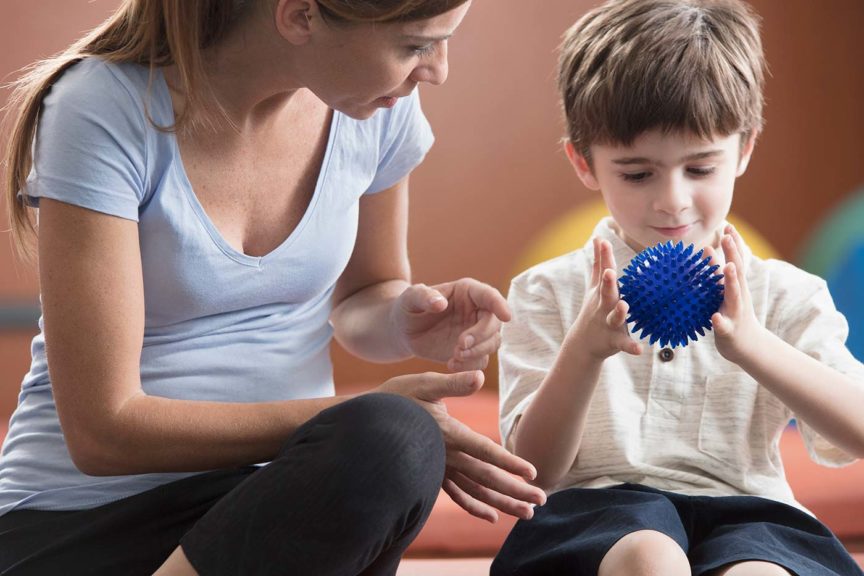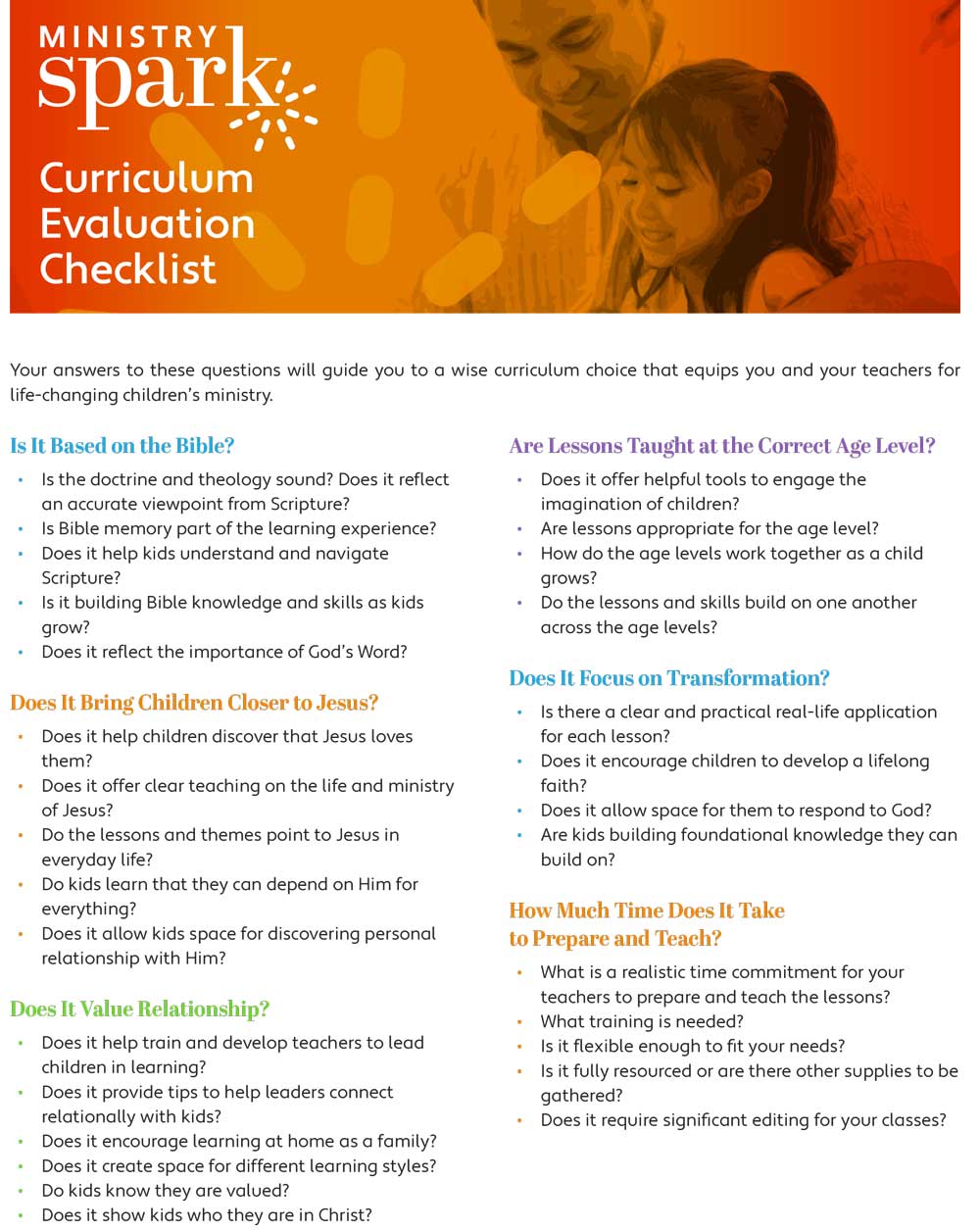Imparting information is only part of what the effective teacher accomplishes in classes at church. Establishing an atmosphere of trust and love that makes the child want to return is just as important. But why do children gather at church instead of learning about God from a book or video?
Because only in a communal setting can children and teachers build the Body of Christ and form friendships that last for years. Maybe you’re an adult who grew up in a church and fondly remember the church teacher or camp counselor who made you feel valued. So, you get it!
This article is to help you with some quick tips for maintaining healthy leader-child relationships as well as helping to grow childhood friendships for the kids in your ministry.
Elements of Leader-Child Relationships
You can have fun playing games with your children, find joy in their discoveries, and maintain a happy environment.
Trust
As the leader, you have the opportunity to be someone who children can count on to be present on more than an occasional basis. With this, it’s important for children to feel that they can talk to you in confidence and without ridicule or criticism.
Children expect that what you present in class is accurate and useful.
Attitude
Are you positive, upbeat, confident, cheerful, friendly, and willing to help? If so, great! It’s important that, as leaders, we leave our personal problems at home and give children our undivided attention. If there’s an area you need to work on, that’s okay too. Try to have a positive attitude and bring a warm outlook into your class or group.
Fun

As responsibilities set in, adults tend to become serious and preoccupied. While much of the subject matter you present in group time is serious in nature, the atmosphere of the class does not have to be dreary.
Now, this doesn’t mean that we have to act silly or let chaos reign. But it does mean that you can have fun playing games with your children, find joy in their discoveries, and maintain a happy environment.
Acceptance of Feelings
As with every relationship, it’s important to listen and empathize with the feelings of the children in your care. Often, kids respond to situations with emotions rather than rational logic, so a listening ear helps them process.
And, of course, their reactions may seem childish because they have not learned how to control their feelings or how to think through situations. While you don’t need to agree with everything a child says, you can be a sounding board and a sympathetic ear. Many times, listening is what they need from you.
Acceptance of Ideas
Adults are often self-critical and self-censoring. Children are freer to express wild and crazy ideas. Encourage children to think out loud and ask questions. Children are more involved in learning when they feel that their ideas are accepted.
One way to encourage brainstorming is to ask open-ended questions about opinions instead of facts. Some examples of this include:
- “When the lame man could walk again, how do you think he felt?”
- “How do you think David felt when he heard King Saul’s threat to hurt him?”
Questions with more than one right answer are less threatening to children because they don’t feel that they will make mistakes in their answers.
Enabling Questions

Allow children to make choices instead of telling the child what to do. A simple idea for how to do this would be instead of saying “Put the paint back in the cabinet,” ask, “Where do we put the paint?”
Ask children what phrases or slogans best summarize the lesson’s Bible truth. Children like to feel they have an important role! So, invite them in with questions where they feel that they are enabled to be an important part of the Body! Even though we already know they are, we want them to feel it too.
Many times, listening is what they need from you.
Praise and Affirmation
Every child wants to feel like the most special child in the world. It’s important for us as leaders to compliment and encourage children frequently, mentioning specific actions or things we have observed. The more children feel valued, the more they want to participate in learning and feel that God accepts them.
We are the hands and feet of Jesus in their lives!
Nonverbal Signs
Use body language to show acceptance and joy. Some ideas for helping you do this might include:
- Sit at the children’s eye level and avoid hovering over them.
- Nod and lean forward when a child is speaking.
- Smile frequently!
Touching
Friendly physical contact is to be determined by each child, but there are very real boundaries that should be in place—for the child’s safety, and for yours. Due to concerns over child abuse, this can become a difficult issue in different settings. While you don’t wish to appear cool and aloof, neither do you want your well-meaning gestures to be misinterpreted.
Children have different levels of what they’re comfortable with, and we never know what a child has faced outside of our care. Some quick references are included here for appropriate physical contact.
- Placing a hand for a few seconds on the child’s upper arm, shoulder, or upper back can be appropriate to express concern.
- Holding a child’s hand is acceptable when leading the child across a room, as part of a game, in a prayer circle, or if the child is scared.
- Brief hugs are good when you and the child have developed a trusting relationship over time. If you don’t have one, try a high five!
A child may become uncomfortable if you have contact with him or her for a long time or too frequently, so be aware of this, especially if you are a physical touch love language person! Not everyone is that way!
And, of course, it is always safer to have two adults present in a classroom at all times—for the safety of every child and your volunteers.
Facilitating Friendships Between Children
Model sentence prayers for children to hear and imitate. This will help them to feel more comfortable with praying together!
Trust and Security
In many churches, children don’t know each other. They go to different schools during the week and may live in distant parts of the city. Because of this, they won’t automatically get to know each other, much less develop relationships of trust. Here are some ideas that can help you build trust between children!
- Start by having children learn their peers’ names (name games are fun) and something about each other (pets, hobbies, siblings, sports, favorite performers or TV shows).
- Maintain a safe place where children won’t be hurt, and their belongings won’t be stolen.
Group Activities
A good way to develop friendships is through group activities. Children bond when they have a common goal or problem to solve.
- Have children work in pairs, trios, or small groups using worksheets, skits, music, games, research projects, and cooperative art projects.
- Be sure each person in the group has a task and is not left out.
- One person from each group can share the group’s discovery or project with the larger group.
- Acknowledge the contributions of each child.
Sharing

Children learn about each other by sharing their heritage and interests. Invite children to perform music, share food, or display artwork from their home life. Children also enjoy bringing an item from home with spiritual importance in their family (heirloom Bible, gift cross, Scripture sampler, devotional book, etc.).
Prayer
During class prayer time, encourage children to pray for each other. This may be uncomfortable or threatening at first. Model sentence prayers for children to hear and imitate. This will help them to feel more comfortable with praying together! As children feel comfortable express what they are thankful and/or their concerns, invite other children to pray for them.
Children can say together, “Thank You, God,” when someone describes something for which he or she is thankful.
…
These are just some quick and simple ideas for facilitating child friendships, but we hope they will help you get started or continue helping children grow in the Body of Christ together.

Curriculum Evaluation Checklist

Curriculum Evaluation Checklist











